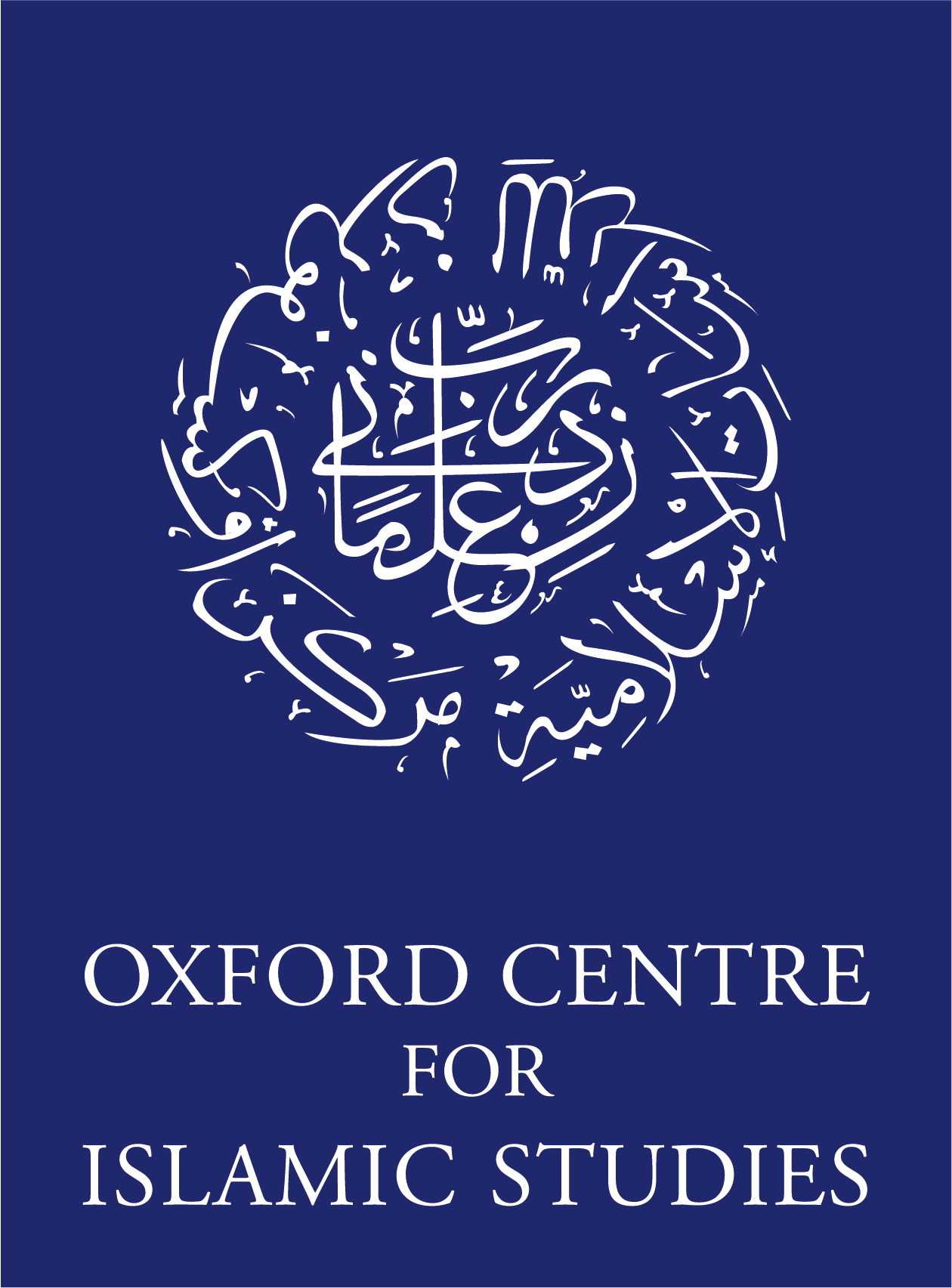The Qur’ans of Harar: An Ethiopian manuscript tradition
At the nexus of trade routes linking the highlands of Ethiopia to the Red Sea and Indian Ocean, the city of Harar has been a major centre of Islamic learning. Hundreds, perhaps thousands, of manuscripts were produced within the city from the seventeenth to nineteenth centuries. Yet only recently has Harar’s extraordinary manuscript tradition been considered for its great potential to elucidate the dynamics of the Ethiopian Muslim communities. The Qur’an manuscripts, in particular, provide rich material with which to examine the visual culture of Harar, the nature of its manuscript production, and the intersection of local religious motivations and transregional artistic networks.
This talk will argue for the development of a distinctive calligraphic script and decorative styles in the mid-eighteenth century Harar formed by the artisan’s participation in long-distance artistic and religious networks. The manuscripts emphasize the need to view Harar as an artistic centre within an interrelated constellation of centres of artistic production within the Indian Ocean, and as one responding to its position within Ethiopia.
Sana Mirza is Manager of Scholarly Programs and Publications at the Freer Gallery of Art and Arthur M. Sackler Gallery, the Smithsonian’s National Museum of Asian Art in Washington, D.C. She received her PhD from the Institute of Fine Arts, New York University in 2021. Her dissertation explores a corpus of Qur’an manuscripts from eastern Ethiopia produced between the seventeenth and nineteenth centuries and their Red Sea and Indian Ocean milieu. She has contributed to the journal Afriques and multiple exhibition catalogues, including The Art of the Qur’an: Treasures of the Museum of Turkish and Islamic Arts.
To join the seminar please register.
